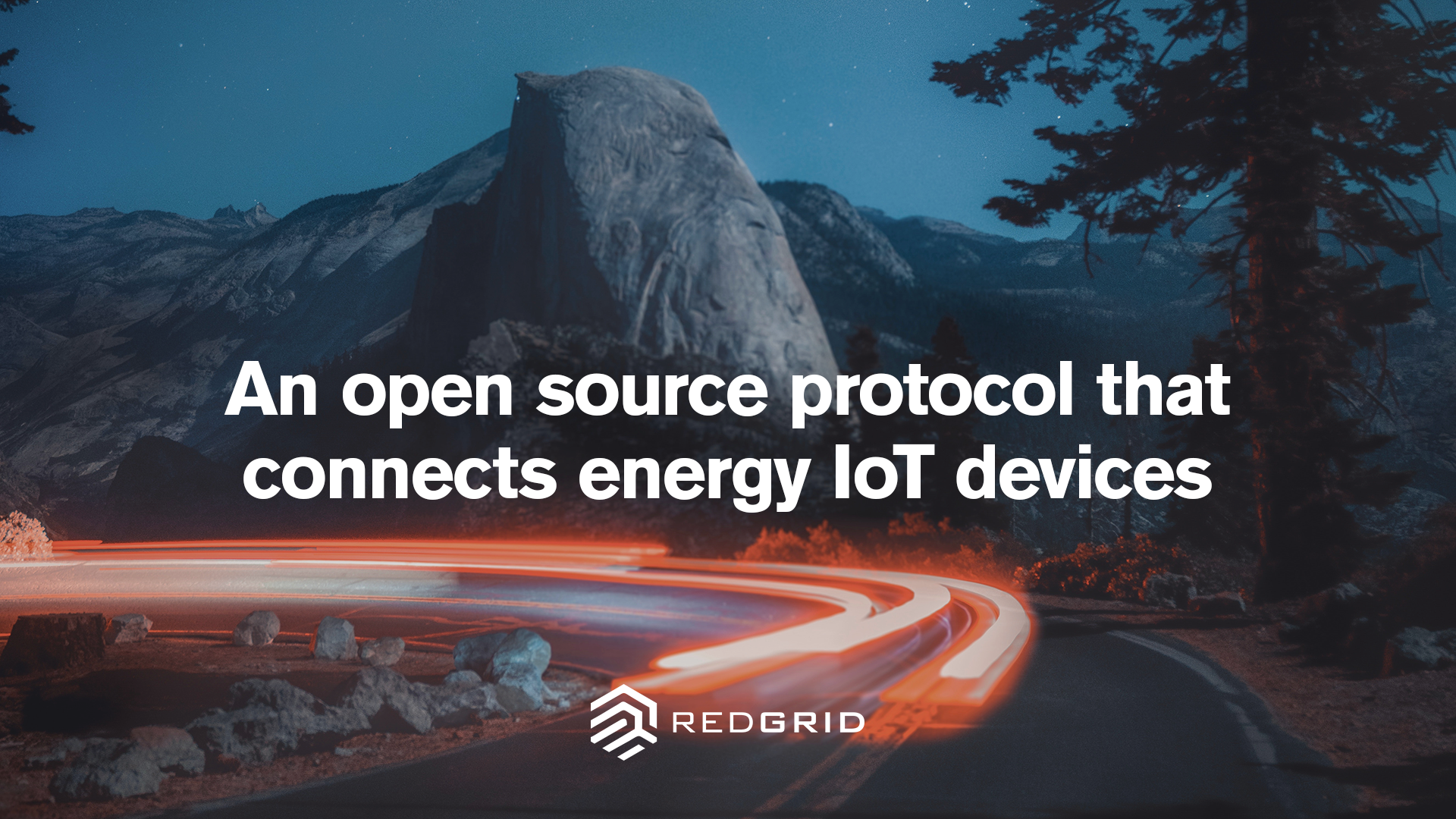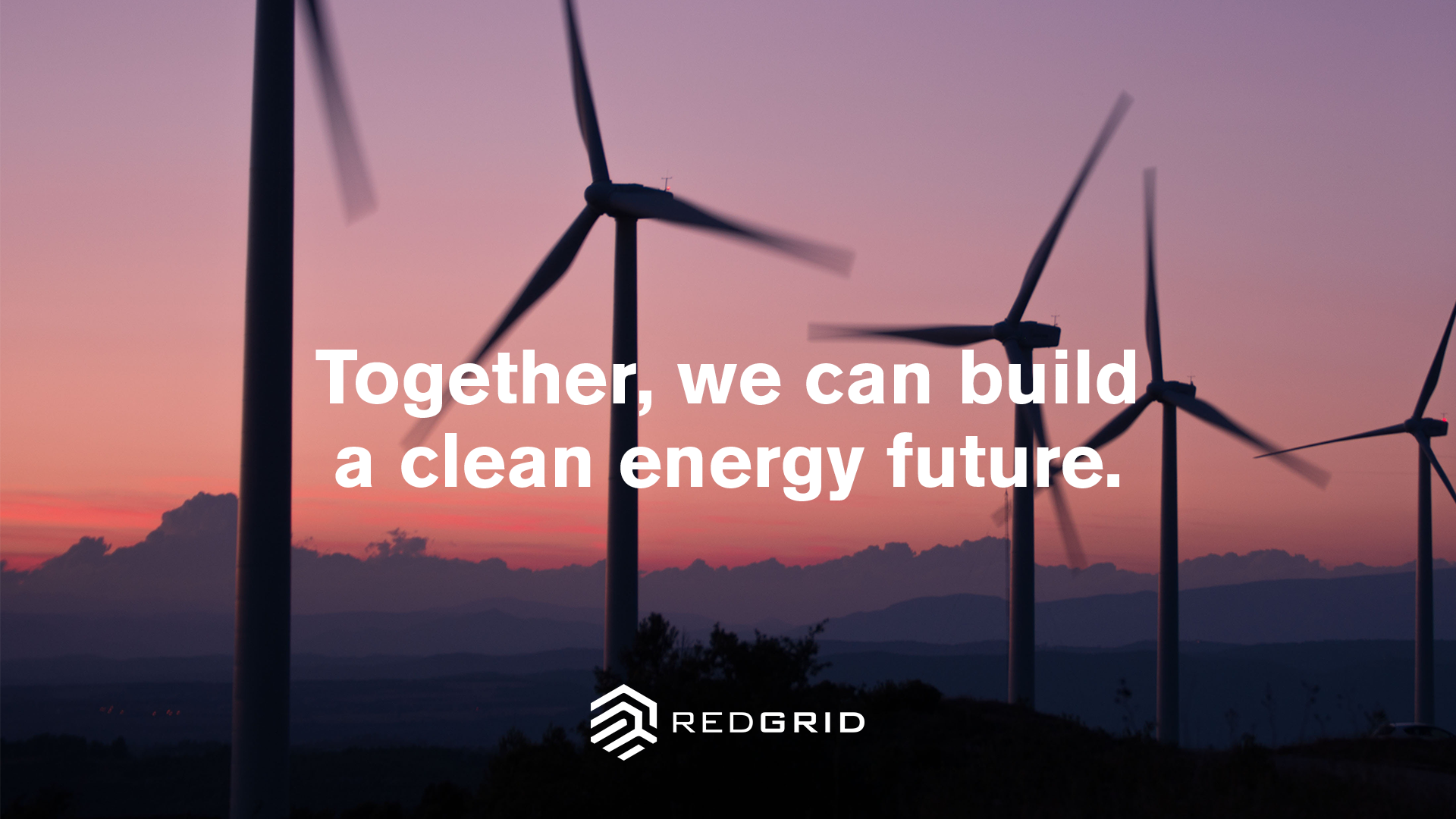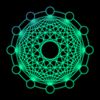We had another fantastic Forum AMA last week. This time it was with the RedGrid Project. The entire RedGrid Team joined the AMA and generously answered all the questions. Big thanks to the RedGrid Team for the progress update and sharing all that’s been happening since the successful capital raise.
We’re looking forward to hearing about the amazing work on the AI & Machine Learning Models!
If you missed the RedGrid Project AMA, check out a recap of the questions and responses!
1. Do I understand the following correctly? RedGrid is building, with HoloSuit tools, a collective intelligence AI implementation with distributed authorities that can:
- scale up until very large and complex
- respond collectively very quickly
- work massively parallel
- remain stable, unlike central hierarchy-controlled power systems
- remain safe from attacks
- offer resiliency, unlike centrally controlled power systems
- cope with complexity, dynamic use, and production with non-linear components
- resemble nature and the synergy-shaped survival of bacteria cultures, swarms of birds, emergent behavior of anthills My greetings from Holland, Jaap
Yes, you’ve nailed it, Jaap.
We are using Holochain’s unique, agent-centric software model to tackle grid stability and optimization from the bottom (or device-up), which we believe provides unique and powerful benefits over the current approaches that employ client server top-down command and control. We feel that to address the needs of an increasingly distributed and decentralized energy system we need to employ a truly distributed and decentralized software. Holochain is unlike any other pattern in that it’s allowing us to do that.
In terms of what an agent-based, bottom-up grid looks like and the opportunity it provides, we are really discovering some amazing things and having lots of fun as developers. The most exciting part is that we can really model and mirror nature’s approach in software to solving problems.
In particular, we have been able to model and show that individual energy devices—when configured with some very simple DNA rules based on a local state and the state of the device’s neighbors—begins to exhibit emergent behavior to heal and balance in real time.
This happens without central servers or manual intervention, and it’s fractal in its scalability.
This is truly amazing stuff because it shows how with Holochain’s architecture and RedGrid’s software we can create a truly self-healing grid.
As you mentioned, this has other benefits like security, privacy, and end user empowerment, which we believe is superior to top-down solutions like SCADA.
The model also has important applications and benefits to the way and speed at which problems are dealt with today. Using the agent-based ‘biomimicry’ model, we can treat issues in the grid like infections are treated in the body, in that the cells nearest the source are the first to react. Messaging and reactions slowly propagate out from the infected area.
This is very powerful in the energy sector in that during energy issues, like an overheating transformer, the local neighborhood of devices would immediately see and react around the infected area before the issue could compound and impact upstream parts of the grid.
… And of course, we are always open to help and cooperation with our partners both here and overseas.

2. Love this project, guys! I’m eager to see how things progress. Here’s a couple of questions I have for you:
- Could you share a bit about the IoE protocol? Does it play a role in enabling economic flow between devices and consumers, or allocation of resources, or both?
- What business models are you considering, given that the protocol will be open sourced—credits or a stream of revenue back to the shareholders? We’re thinking through these aspects for Sacred Capital, so we would be happy to hear more on that.
- One of our teammates, Jethro, is speaking with IoT companies who are keen on using our reputation protocol. I think reputation will play a key role in energy devices too—for instance, pricing could be a function of reputation. Any thoughts along these lines? Maybe we should open a conversation here?
The protocol itself will provide user and device capability and measurement. Part of that solution is that any actor device, human or other, participating has an integrated ‘mutual credit currency and reputation.’ This currency will be used for balancing, coordinating, incentivising certain behaviors, and in time, will become an economic tool for communities, individuals, and devices.
In terms of the RedGrid business model, we will provide services and infrastructure around the IoE protocol that gives it value. We categorize the services that RedGrid will provide as follows:
1) Project and Operations Services for the IoE, including project services, software integration expertise, and IoE education services.
2) Applications and Premium Analytics Services, which includes orchestration and optimization ‘applications’ for balancing large communities of devices. It also includes premium analytics capability from energy devices and communities that we will sell to energy managers or grid providers to better make decisions and direct investments.
3) Currency Services—We will provide on and off-ramp facilities and services for IoE participants when redeeming IoE currency, for which we will collect a transaction fee.
Regarding the reputation element, absolutely, this is a core part of the transactional energy system we are building. Actually, we believe reputation is a more useful metric in many ways than a simple token value for a device.
We’ve been chatting with the Holochain and Holo Teams about this aspect, and have been working closely with Arthur Brock and others in the community to frame up what this will look like for the IoE.
P.S. It’s great to know you and Sacred Capital are working on this and we would love to discuss it as we both progress.
3. I’m super excited to hear more from the RedGrid Team! Can you give more detail on the first energy application?
Our first application is focused on air conditioners. Our partners, ZEN Ecosystems, make a device that can control any split system air conditioner. We connect a community of these devices in a region to Holochain and allow them to react as a group to stability issues in the grid—like an overheating transformer. The air conditioners in the group switch off temporarily, according to an algorithm. This relieves the pressure on the grid without impacting comfort of the end users; meaning, it switches off for too short an amount of time for people to really notice. It also gives them credit benefits—within this solution we include a reward ‘program’ that provides a direct benefit for end users that they can redeem for value.

4. What is the difference between the Internet of Energy and the applications that will be built on top of the IoE?
In terms of the differences, we see the Internet of Energy (IoE) protocol as something essential for an open and integrated energy system. RedGrid as a business is helping to bootstrap and develop this protocol and will provide value added services around it, but the IoE capability is something that will be entirely open source and available for any developer of business to leverage. The IoE and RG are mutually supportive, but independent, entities.**
In the energy sector, even the new energy sector, providers are for the most part all creating closed, walled off software solutions to balance, orchestrate, coordinate, and communicate between devices. We see that the base protocol needed in energy has to be like TCP/IP for the internet—and RG wants to create the IoE to enable it and make it available for all.
The reason this is important is because we need massive scale to deal with the climate problem, but massive scale needs a distributed system (like the internet). This is why we feel the IoE is necessary. Just like the internet, the energy ecosystem needs a free and open-source software standard through which devices can communicate, integrate, and provide shared value.
5. What can the community do to be more involved in RedGrid’s progress as you grow your technology?
The community is a really important part of the RedGrid journey. We want the community to be involved in a number of ways.
1) Everyone can support RG in sharing the mission and objectives of the Internet of Energy.
2) For technical people, we are looking for developers passionate about the problem and want to contribute.
3) Communities who would like to run the RG currency and enable our energy technologies can get in touch—this includes residential communities, resorts, properties, and universities.
4. We are also looking for contacts in original equipment manufacturers (OEMs) of air conditioners, refrigerators, other home energy appliances, and IoT companies in order to scale up.
6. What are the main types of businesses with whom RedGrid is working to deliver commercial projects?
The main types of businesses we are working with at the moment are universities, property developers, energy network distributors (the companies that manage the poles and wires), and energy retailers—really any company that manages, needs to coordinate, and orchestrate a distributed group of energy devices. We have a lot of interest from communities wanting to implement RG, and the organizations that build those communities who can see the value of embedding RedGrid technology into the houses even before people move in.
7. How will you measure the project’s success and who are your stakeholders?
Good question—our project’s success is based upon key core principles.
- Increased energy efficiency (%)
- The amount of new investment in renewable energy channeled through RG with the RG energy currency ($ invested, amount of MW of clean energy running)
- The scale of RG technology actually running in the wild
8. How will you know you have solved their problems?
We’ve run numbers where grids can prevent blackouts, especially as summer approaches in Australia or California. This is at a macro level—individual homeowners will use less power and therefore pay less. A virtuous cycle will be set up.

9. Hi guys, congrats on the capital raise. Can you share a little about what you’ve been up to since the campaign and how it has helped you?
We’ve really doubled down our focus on the Alpha Development Project. This is our primary priority at the moment, aiming to get our technology to 500 devices in the field. We are working closely with the Holochain Core Team on this sprint and design, as well as doing a lot of customer mapping and discovery for this particular project.
In addition, we are continuing to progress our projects, and are also working on some really exciting new opportunities that we hope to be able to share very soon. They will potentially be a real game changer—so stay tuned!
In terms of tech help, yes, we would like to hear from you. We are busily researching setting up communities, repos, and a website that is still being developed and modeled on other successful, open-source platforms.
Simon, RedGrid’s CTO, provides an update on the team's progress.
We are also doing some work with the Holochain Team around scale testing. We are really excited about the sim1h work that Holochain has released; it’s such a valuable thing for our development.
Finally, we are also accelerating our technical efforts around AI and Machine Learning Models. We’ve been getting some help from data scientists around the business case, and the optimal models which this new architecture enables.
10. Hello everyone, as an investor in RedGrid, I’m really excited to see where this goes. Can you tell me a bit about what RedGrid Tech would look like in my house?
Hi JNGA, thanks for the question and for your support. As to what it looks like in your house—the answer is just like what you have now, but RG will be running in the background. If you had an older air conditioner, you would have a small IR controller that would control your AC unit. If your appliances were already connected to the internet, we would plug into the API, or in the near future, you’ll have appliances with RG code embedded into them.
What you’ll also see is a front-end through your phone/computer—either the simple RG front-end, or more likely, in the app you already use to control your smart home with your reputation and reward credits added. You’ll also have the ability to cash them out or trade them in for our partner rewards. Thanks!
11. As we wrap up the AMA session, do you have a call to action for the community?
Thanks to everyone for joining us in our first Ask Me Anything session! Please keep supporting Holochain! Go to your local Meetups. Alex and I run the one in Melbourne if you are in town.
In terms of technical help, we are especially interested in people doing AI and looking at biomimicry in software, as well as Holochain and Rust developers.
People with experience in building open-source communities would be much appreciated!
If you have more questions, or would like to chat with the Team, please join us on Telegram @ http://t.me/redgrid.
To catch all RedGrid updates, follow us at:
IG/Twitter: RedGrid_io
Facebook: RedGrid
LinkedIn: /company/redgrid/
To learn more about RedGrid, check out their website, or the RedGrid Project Spotlight. Engage with the RedGrid Team and ask questions on the Holochain Forum.
*Note: Please note that some minor editing has occurred.


